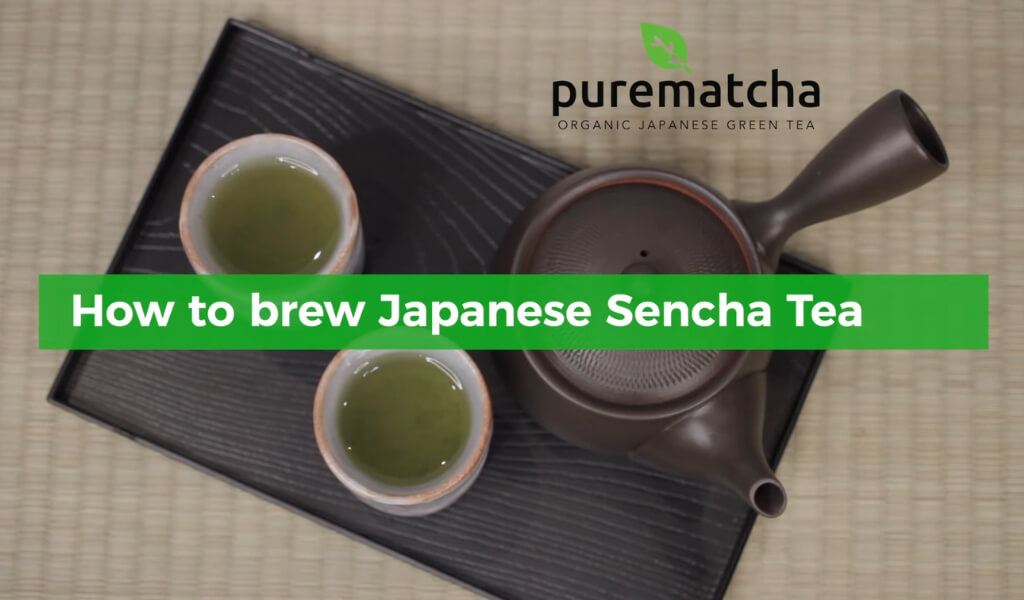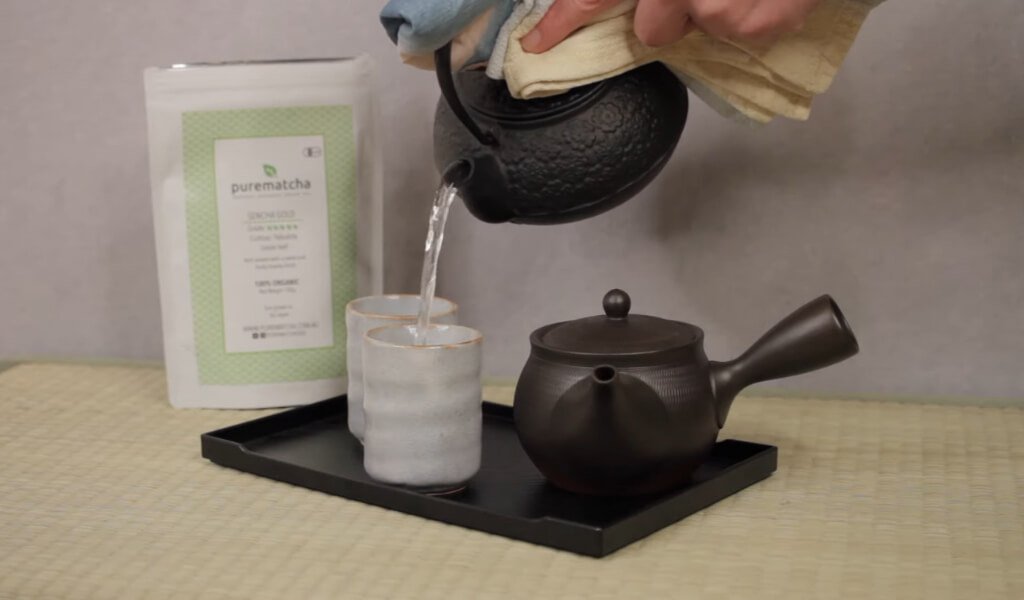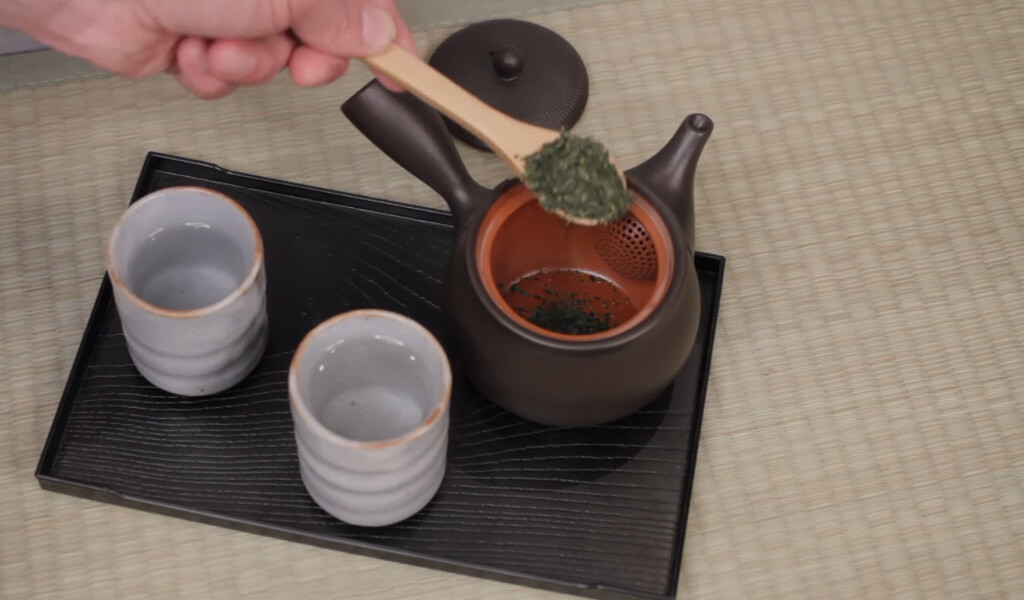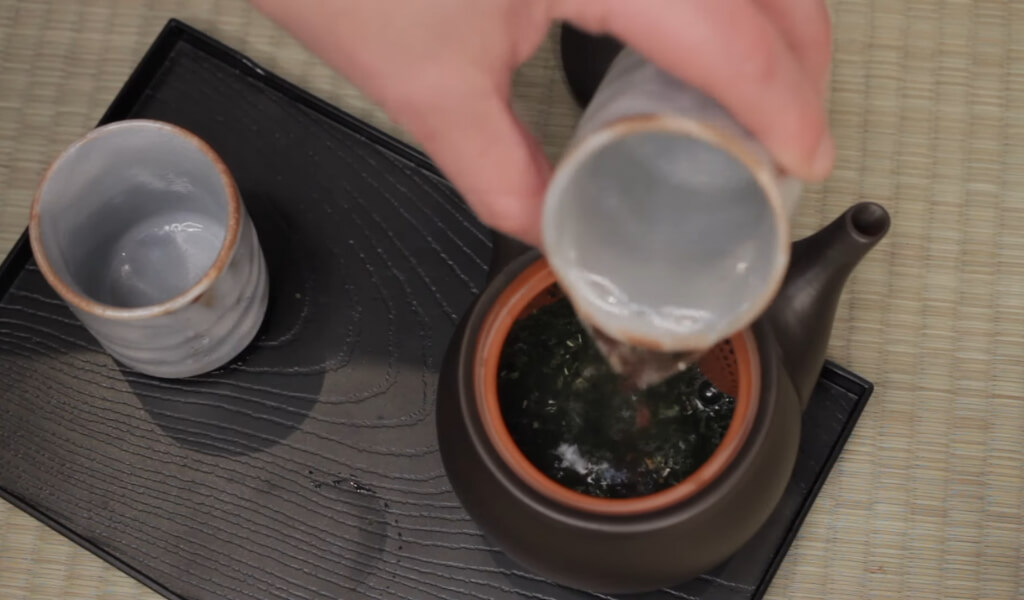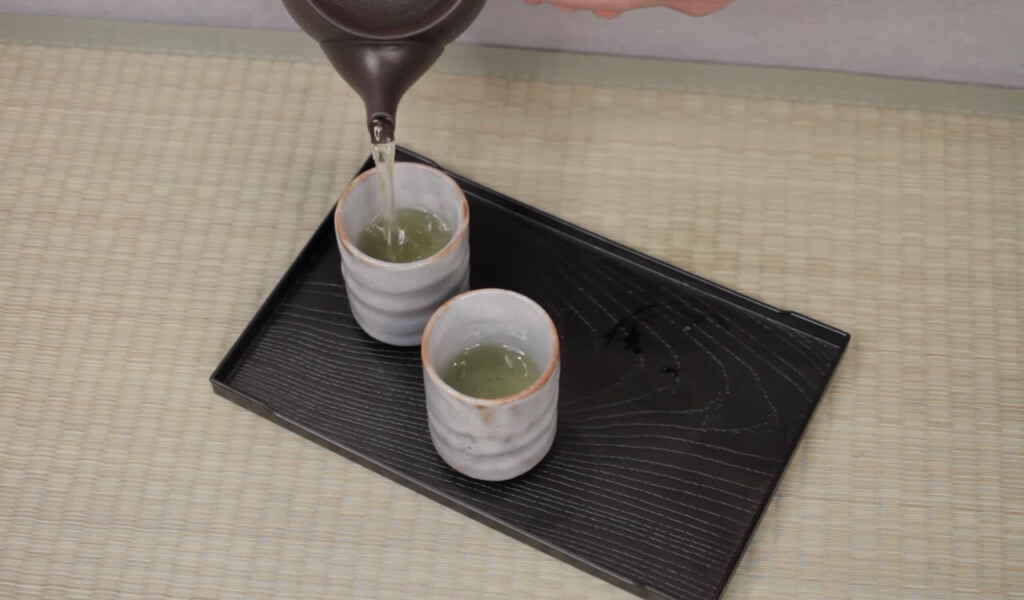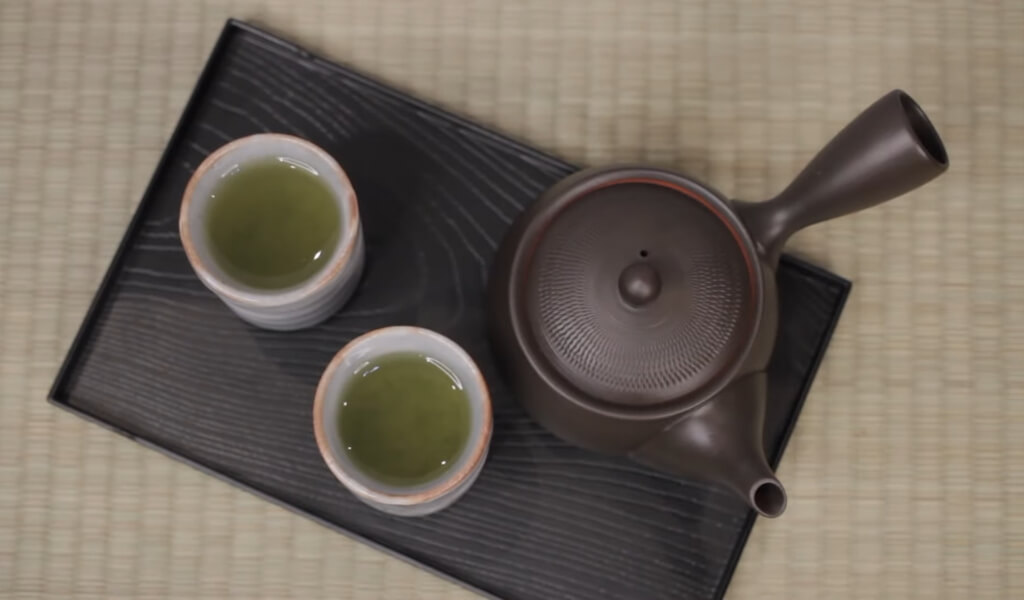Welcome to my blog post on “How to brew Sencha Green Tea” right in the comfort of your own home.
I’m a seasoned tea lover, and through my journey, I’ve discovered the unique joys and subtleties of brewing and savoring this wonderful Japanese tea.
Over the next few paragraphs, I’ll share my tried and true methods to help you capture the essence of this tea’s distinct flavor and fully enjoy the brewing process.
Quotes of tea with You
“No one needs Independence. We all just need tea and air conditioners.”
– Michelle Franklin
What You Need to Brew Sencha
To prepare how to make sencha tea at home, you’ll need a few specific items:
- Tetsubin Kettle: This traditional Japanese iron kettle is a must-have for water heating.
- Tea Towel: A simple but essential tool for safely handling your hot kettle.
- Thermometer: To ensure your water reaches the optimal temperature for Sencha, 80 degrees Celsius.
- Yunomi Teacups: These traditional Japanese teacups are ideal for serving your brewed Sencha.
- Sencha Green Tea Leaves: You’ll need about 2 teaspoons per cup. The quality of the leaves will significantly affect the flavor of your tea.
- Kyusu: This Japanese teapot is perfect for brewing green tea like Sencha.
So, gather these tools and ingredients, and you’ll be ready how to make sencha matcha tea at home. I’ll guide you through the entire process in the next section. Stay tuned!
Step-By-Step Guide On How To Brew Sencha With Me
Great! Now that you’ve gathered your tools and Sencha leaves, let’s dive into how to make sencha tea. I assure you, it’s simpler than it sounds and truly enjoyable.
- Step 1: Fill your Tetsubin kettle with sencha tea to water ratio (1 teaspoon per cup: three grams per 200 ml cup.) and set the flame to low heat. If one cup of water is eight ounces, use more than one teaspoon of tea leaves per cup. Remember, brewing Sencha is a delicate process that unfolds quickly.
- Step 2: After a few seconds, switch off the flame when your water boils. Use a towel to lift the hot lid off – safety first!
- Step 3: “How long to brew sencha tea?” 45 seconds to 1 minute is the perfect duration. Getting the sencha temperature Celsius right before we get to the steeping time. Of course, the Sencha brewing temperature is around 80 degrees Celsius. You can check this with your thermometer.
- Step 4: Pour the hot water into your Yunomi teacups. This step serves a dual purpose – it pre-warms your cups and helps bring the water temperature down to the ideal level for brewing Sencha.
- Step 5: Add 2 teaspoons of your Sencha leaves into your Kyusu. The Kyusu, with its side handle and built-in filter, makes the brewing process an absolute delight.
- Step 6: Pour the hot water from your Yunomi teacups into the Kyusu.
- Step 7: Let it steep for just 1 minute. The beauty of Sencha is in its relatively short brewing time.
- Step 8: While serving, alternate pouring into the cups. This way, each cup gets an evenly distributed flavor.
And there you have it, a steaming, aromatic cup of Sencha Green tea brewed perfectly at home!
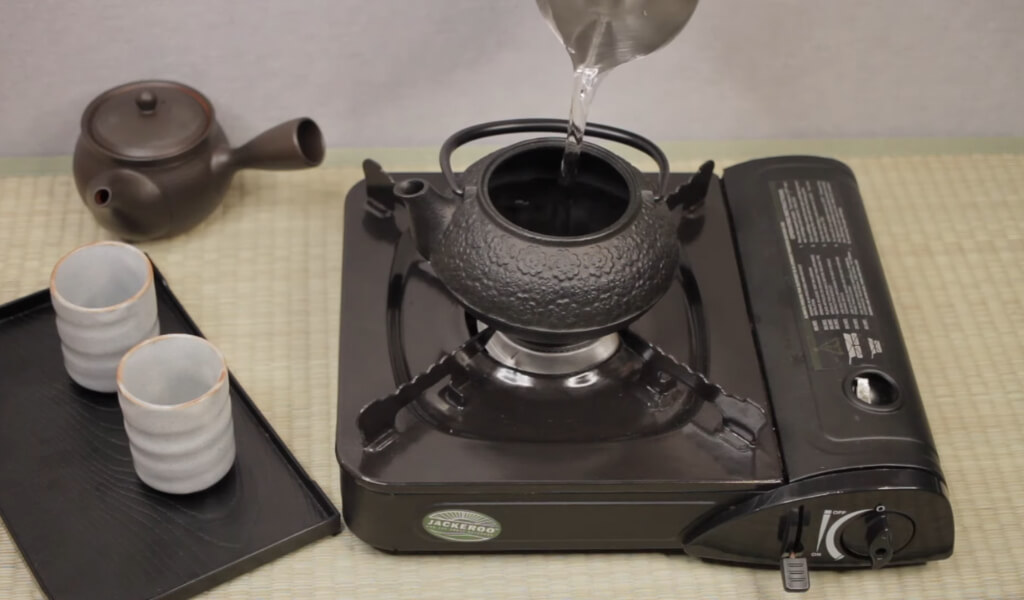
Pro tip: Don’t discard your Sencha leaves after the first infusion. They are still packed with flavor! Repeat the process for a Sencha second infusion, but adjust the steeping time and temperature slightly to your taste.
Having brewed our tea, it’s time to savor and appreciate its delightful intricacies.
Tasting and Enjoying Your Sencha Green Tea
Now, we’ve arrived at the most rewarding part of the process – tasting and enjoying your freshly brewed Sencha Green Tea.
Serving Temperature: As with all aspects of tea appreciation, timing is key. Ideally, Sencha should be savored at a comfortably warm temperature – not too hot that it numbs your taste buds and not too cool that it loses its characteristic warmth. Waiting a minute after pouring allows the tea to reach its perfect tasting temperature.
Visual Experience: Before taking your first sip, take a moment to appreciate the visual aspect of your tea. Sencha has a beautiful, clear green color that’s very calming. If brewed properly, it shouldn’t be cloudy.
Aroma: Lean in and take a deep breath; let the aroma of the Sencha fill your senses. I always find the scent grassy, fresh, with a hint of sweet undertones. It’s almost as if you’re standing in the middle of a lush tea field!
Taste: Now for the first sip. The taste should be vegetarian and a little astringent but with a sweet aftertaste. Those are the main tea-tasting notes I get when I enjoy my Sencha.
After learning to taste Sencha, let’s explore some delicious food pairings to enhance our tea experience.
Read More:
- What is Sencha tea? Its Uses, Types Of Use, Buying and Storing
- Sencha Tea Benefits: Here Are My Ultimate Guide
Pairing Sencha with food
Moving on to food pairing, Sencha is traditionally enjoyed with Japanese sweets to balance its slightly bitter taste. I’ve had amazing experiences pairing it with a light, sweet rice cake called ‘mochi’. The mochi’s sweet chewiness compliments the Sencha’s bold flavors beautifully.
However, feel free to experiment and find what works for you! Sencha also pairs well with alternatives like a simple butter cookie or even some lightly salted popcorn in my tea journey.
Remember, your enjoyment is the most important thing about tasting green tea and pairing tea with food. These are just guidelines – feel free to discover your preferences and make the Sencha tasting experience uniquely yours!
Conclusion
And there you have it, a comprehensive guide on how to brew sencha green tea and enjoy Sencha Green Tea right at home. From heating the water in your Tetsubin kettle to savoring the last sip of your perfectly brewed Sencha, we’ve gone through the journey together.
I can’t wait to hear about your brewing experiences or any creative food pairings you discover! Feel free to share your thoughts in the comments below or ask any questions – I’d love to help you on your tea journey.
Share this guide with your fellow tea lovers if you found it useful. Thank you for joining me on this wonderful tea adventure!
Article written by Shanna Smith at Spiritea Drinks.
I’m Shanna, creator of Spiritea Drinks. I’m all about teaching people to grow their own food, tea, cook what they harvest, and eat with the seasons.

